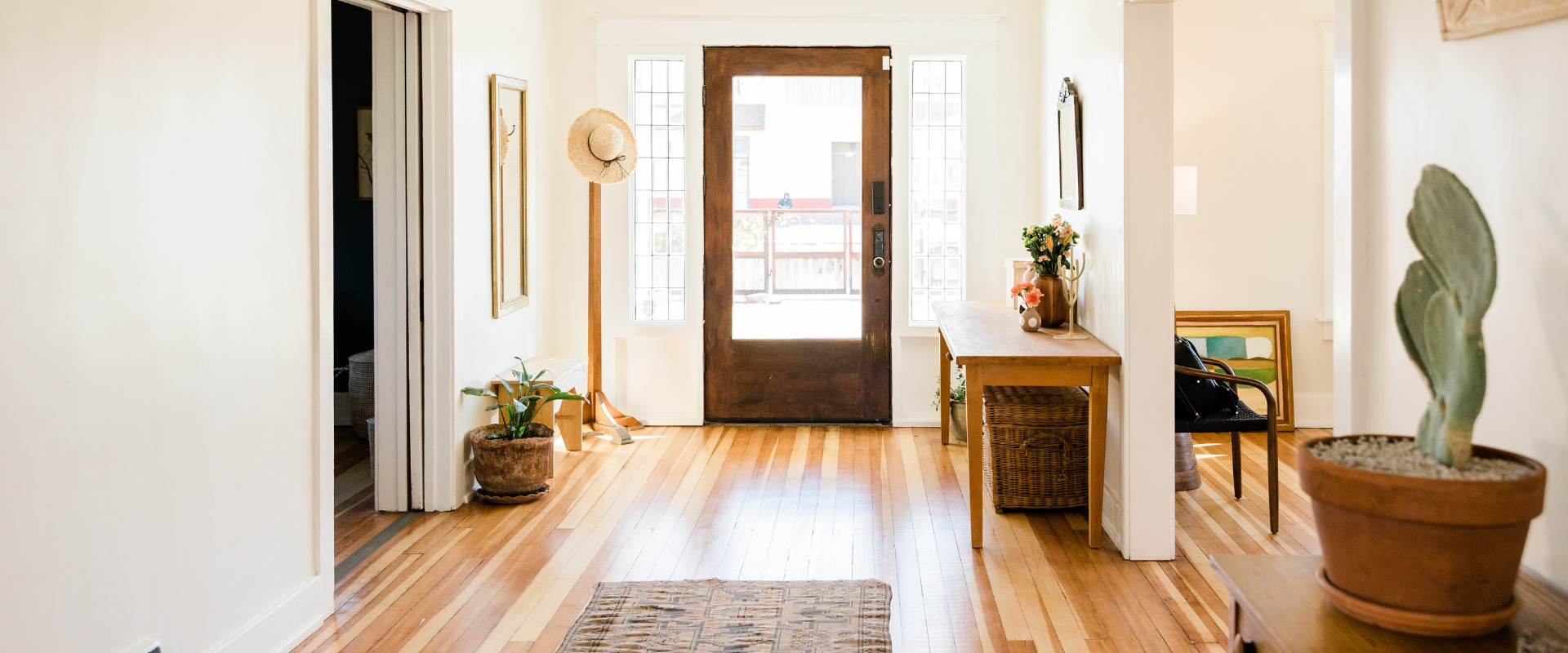
Transforming Living Spaces: Integrating Smart Technologies and IoT Devices into Modern Interior Designs
The world of interior design is undergoing a revolutionary transformation, thanks to the integration of smart technologies and the Internet of Things (IoT). Modern interior designs now go beyond aesthetics and functionality; they aim to create seamless, intuitive, and intelligent living spaces that enhance the quality of life. In this article, we will explore how the synergy between interior design and smart technologies is shaping the homes and workplaces of the future.
The Intersection of Technology and Design
The concept of integrating technology into interior design is not new, but the advancements in smart technologies and IoT have taken it to a whole new level. Designers are no longer limited to traditional elements and materials; they now have a vast array of smart devices and systems at their disposal. This intersection of technology and design brings a multitude of opportunities to create spaces that are not only visually appealing but also highly functional and efficient.
Enhancing Convenience and Comfort
One of the primary goals of incorporating smart technologies into interior design is to enhance convenience and comfort. IoT devices like smart thermostats, lighting systems, and automated window treatments can create a responsive and adaptable environment. Imagine coming home to a house that adjusts its lighting, temperature, and ambiance to your preferences automatically. It's not science fiction; it's the reality of modern interior design.
Energy Efficiency
Sustainability is a key concern in modern interior design. The integration of IoT devices allows for the efficient use of resources. For instance, a smart lighting system can adjust the brightness and color temperature according to the time of day, reducing energy consumption. Smart thermostats optimize heating and cooling to save energy without compromising comfort. These technologies not only benefit the environment but also result in cost savings for homeowners.
Personalization and Mood Enhancement
IoT-enabled interior designs provide a level of personalization that was previously unimaginable. Voice-controlled systems, such as Amazon Alexa or Google Home, allow you to adjust various aspects of your home environment with simple commands. You can change the lighting, play your favorite music, or even set the mood for a romantic dinner—all with your voice.
The Role of Voice Assistants
Voice assistants have become an integral part of IoT-integrated interior design. These devices can control an array of smart appliances and systems, from lights and thermostats to security cameras and entertainment systems. Voice-controlled devices are not only convenient but also inclusive, making them ideal for people with mobility or accessibility challenges.
Smart Furniture and Appliances
Furniture and appliances have also evolved to embrace smart technology. Smart refrigerators can help you manage your groceries and even suggest recipes based on what's inside. Smart mirrors can provide fitness feedback and virtual wardrobe recommendations. Furniture pieces like smart beds can adjust to your sleep patterns, making sure you get a good night's rest.
Connectivity and Automation
A significant advantage of IoT in interior design is connectivity. Various devices can communicate with each other and work in harmony. For example, your smart thermostat can coordinate with your smart blinds to optimize natural light and temperature. Your coffee maker can start brewing when your smart alarm clock goes off. This level of automation streamlines daily routines and increases efficiency.
Enhancing Home Security
Security is a top priority for homeowners. Smart interior designs often incorporate advanced security systems that use IoT devices to monitor and protect your home. Smart cameras, doorbell cameras, and smart locks allow you to monitor your property and control access remotely. These devices provide peace of mind and enhance the safety of your living space.
Health and Wellness
The well-being of occupants is a fundamental consideration in modern interior design. IoT devices play a crucial role in creating healthy living environments. For instance, smart air purifiers can monitor air quality and adjust their settings to ensure clean and fresh air. IoT can also be applied in medical and wellness spaces, such as smart bathrooms that monitor health metrics.
The Future of Workspaces
Interior design doesn't only pertain to homes. Smart technologies are reshaping the design of workspaces as well. As more people adopt flexible work arrangements, the demand for smart offices is on the rise. IoT devices in office spaces can enhance productivity by providing a seamless and adaptable work environment.
Challenges and Considerations
While the integration of smart technologies and IoT devices into interior design brings immense benefits, it also presents challenges. The most notable concerns include data security and privacy. With the increasing number of connected devices, there is a need to ensure that personal data is protected from potential breaches.
Cost and Accessibility
Another challenge is the cost associated with smart interior designs. High-quality IoT devices and systems can be expensive. Designers and homeowners must carefully consider the budget and choose devices that offer the best value. Additionally, accessibility remains a concern, as not all individuals may be able to benefit from these technologies.
Conclusion
The fusion of interior design with smart technologies and IoT devices has opened up a world of possibilities. From enhancing convenience and energy efficiency to creating personalized, mood-enhancing spaces, the benefits are clear. The future of interior design is one where technology seamlessly integrates into our daily lives, making our homes and workplaces more comfortable, efficient, and secure.As we move forward, designers and homeowners alike must address challenges related to data security, cost, and design aesthetics. By doing so, we can unlock the full potential of smart technologies and IoT devices, transforming our living spaces into environments that cater to our every need while respecting our individual style and preferences.
In this fast-evolving field, the possibilities are endless, and the future of interior design is set to be an exciting and dynamic journey into the world of smart living spaces.